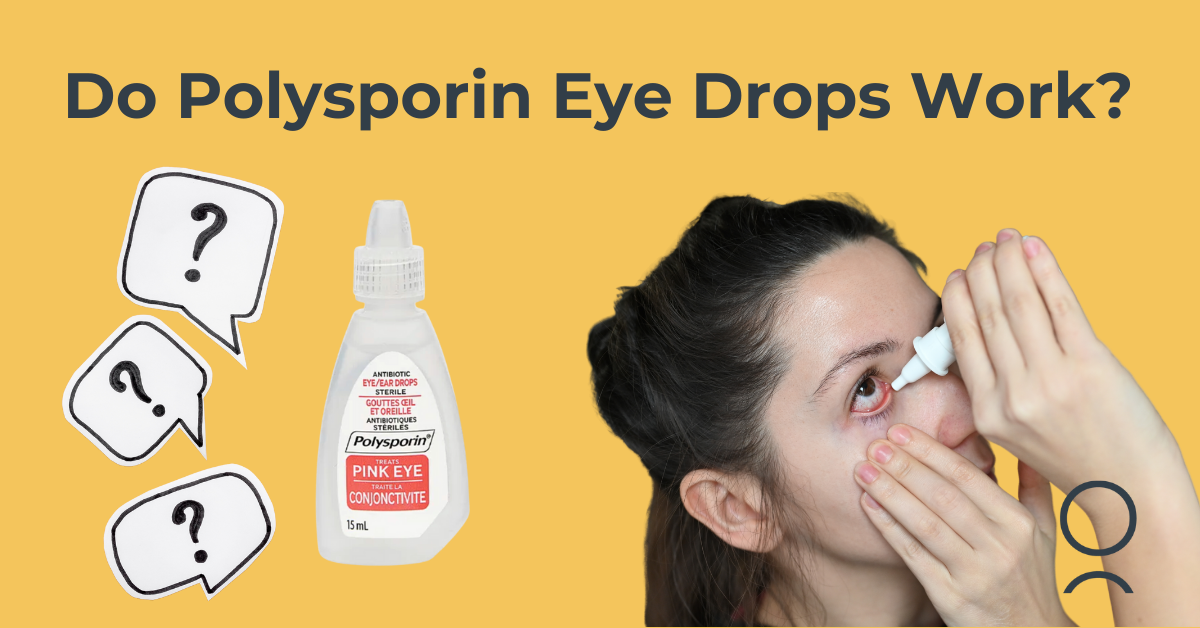Job Site Safety Eyewear Requirements in Alberta.
Safety eyewear should be worn by anyone who is exposed to potential eye hazards in their workplace or during certain recreational activities. This includes workers in various industries such as construction, manufacturing, healthcare, woodworking, welding, and chemical handling. Safety eyewear is also recommended for individuals engaged in activities like DIY projects and sports involving projectiles such as pickleball, squash and tennis.
Eye injuries can have serious consequences for workers, resulting in lost work time and disabilities. In Alberta, eye injuries accounted for a significant number of lost-time and disabling injury claims. However, most eye injuries can be prevented through the use of proper protective eyewear. This blog post highlights the safety eyewear requirements in Alberta and emphasizes the importance of selecting appropriate eye protection for various workplace hazards.
Legislation and Hazard Assessment:
Under the Occupational Health and Safety (OHS) Code, employers in Alberta are required to assess work sites and identify existing and potential hazards. This assessment should involve affected workers and include the control or elimination of identified hazards. If hazards cannot be eliminated or controlled through engineering or administrative controls alone, employers must ensure that workers use appropriate personal protective equipment (PPE), including safety eyewear.
Compliance with Standards:
When using eye protection equipment, employers must ensure that the eyewear fits properly, is suitable for the work being done, and is approved according to the Canadian Standards Association (CSA) standards. The approved standards include CSA Standard Z94.3-07, Z94.3-02, or Z94.3-99. It is important to note that prescription safety eyewear with glass lenses does not meet the impact requirements of these standards unless worn behind equipment that meets CSA requirements.
Discover our extensive collection of top-quality industrial eyewear, from trusted brands like OnGuard, Wiley-X, and Uvex. When it comes to your eyewear, reliability and durability is key. That's why we ensure that our products are built to withstand the wear and tear of your of your jobsite, so you can trust that they'll be there when you need them most. With over 70 styles available, you have a wide range of options to choose from. Explore our selection and find eyewear that offers exceptional features such as:
Removable Side Shields
Permanent
Foam Inserts
Non-Conductive Frames
Additionally, if there is no danger of impact and the use of plastic prescription lenses is impractical, workers may use prescription lenses made of treated safety glass that meet American National Standards Institute (ANSI) standards. The frames of prescription safety eyewear can meet ANSI standards in place of CSA requirements, provided the lenses meet CSA standards.
Special Considerations:
For workers who need to wear a full face respirator where there is a risk of eye impact, the face piece must meet either CSA or ANSI standards for eye and face protection. The use of contact lenses should be carefully evaluated, as they can pose hazards in certain work environments.
Emergency Equipment and Biological Hazards:
Employers must ensure that emergency baths, showers, eye wash equipment, or other suitable equipment are readily available at work sites where chemicals harmful to the eyes or skin are used. While the CSA and ANSI standards do not address protective eyewear for exposure to infectious agents, the CDC provides information on protecting against eye infections through the use of goggles, face shields, and respirators.
Selection Guide and Classification:
CSA and ANSI publish standards for eye and face protectors, with some differences in requirements. The standards cover impact resistance, refractive power, prismatic deviation, and other factors. Employers should select protective eyewear based on the specific hazards present in the workplace, such as flying objects, particles, heat, chemicals, glare, optical radiation, and more. Different classes of protective eyewear are available, offering varying levels of protection for different hazards.
Protecting workers' vision is crucial in preventing eye injuries in the workplace. Alberta's safety eyewear requirements, outlined in the OHS Code and supported by CSA and ANSI standards, provide guidelines for employers to ensure appropriate eye protection. By conducting hazard assessments, complying with standards, and selecting suitable eyewear, employers can safeguard their workers' vision and promote a safe work environment. Remember, prevention is key when it comes to eye injuries, and proper safety eyewear is an essential component of workplace safety.






Noticing new floaters drifting across your vision? You're not alone. At Helio Optometry in Edmonton, our experienced eye doctors answer the most common questions about eye floaters, from what causes them to when they might signal a more serious problem. Learn how a comprehensive eye exam can help protect your vision and when emergency eye care is essential.